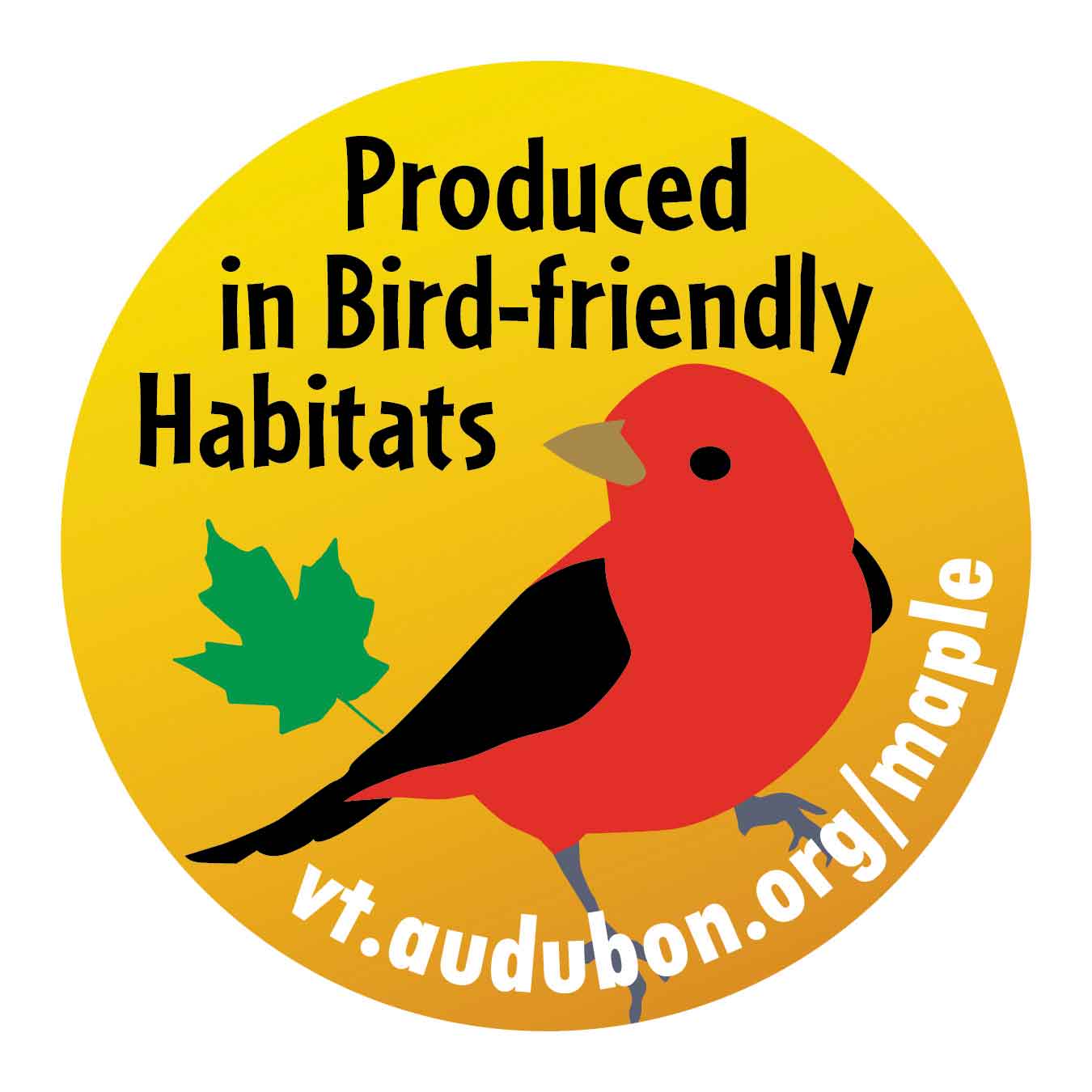Sierra Club and Audubon say Active Forestry can be Very Good for Songbirds
The spring of 2018 saw several unusual announcements about forest management. First, the Cornell Laboratory of Ornithology published an article in All About Birds entitled, “Old-growth is great, but here’s why we need young-growth forests as well”, explaining why the lack of young forests may be negatively affecting songbird populations.
The second was an article that appeared in Sierra, the magazine of the national Sierra Club, with the headline, “Cutting Trees to Save the Birds” highlighting efforts in Maine to encourage forest management that will benefit breeding songbirds.
And finally, there was a press release from the American Forest Foundation and the paper company Domtar announcing a cooperative effort with the National Audubon Society’s New York and Pennsylvania programs to encourage forest landowners to manage their woods in a way that produces more birds.
 This all seems so unexpected. Yet it makes sense.
This all seems so unexpected. Yet it makes sense.
• In the Central Hardwood Region the amount of early successional habitat and young forest (20 years old or less) has declined to only 5% of what it was in 1950.
• Young forest and shrub habitats are still declining at 3.3% per year in the eastern US.
• 70% of young forest/shrubland bird species have declined over the past 40 years.
• Many mature forest-nesting birds are declining as well, including the wood thrush, which has lost 59% of its population since 1970.
Those are striking statistics, but it is important to acknowledge one thing – in the early to mid-20th century we had too much young forest habitat in Indiana. A great amount of marginal farmland was being abandoned and naturally returning to young forest, and huge swathes of remaining forest had been cutover very hard. But now the pendulum appears to have swung too far in the other direction. In 2018 we need more young forest.
The Cornell Laboratory of Ornithology article put it this way,
“Ornithologists have also recently discovered that early successional habitats can benefit the birds most closely associated with big, mature woodlands. Starting in the late 1990s, biologists began tracking where the chicks of deep-forest birds, such as Wood Thrushes and Ovenbirds, went after they left their nests. To their surprise, in the weeks and months before fall migration, the chicks and adults alike were moving into thickets, shrublands, and regenerating clearcuts—the kind of “edge” habitat that was thought to be anathema to these birds, but that provides lots of food like the late-summer fruit essential for laying on premigratory fat.”
Audubon Vermont is so convinced that active forest management holds the key to better songbird conservation that they have initiated a program to assist both woodland owners and foresters. Called “Foresters for the Birds” this program has also been adopted by Audubon in Massachusetts.
One outgrowth of the Vermont Audubon’s forest management efforts is a program called the Bird Friendly Maple Project, designed to recognize maple syrup producers who intentionally integrate bird habitat into their stewardship plans. Those who do so can place a special label on their maple syrup. Their promotional material states, “Remember that maple sugarbushes are inherently good for birds, but forests that are intentionally managed with birds in mind are even better!
Surely, the same thing can be said about managing hardwoods in Indiana.
Allen Pursell is the Southern Indiana Program Director for the Nature Conservancy in Indiana.
Vermont Audubon’s Bird-Friendly Maple Project label with sugar maple leaf and scarlet tanager (http://vt.audubon.org/conservation/working-lands/forest-bird-initiative-1)
